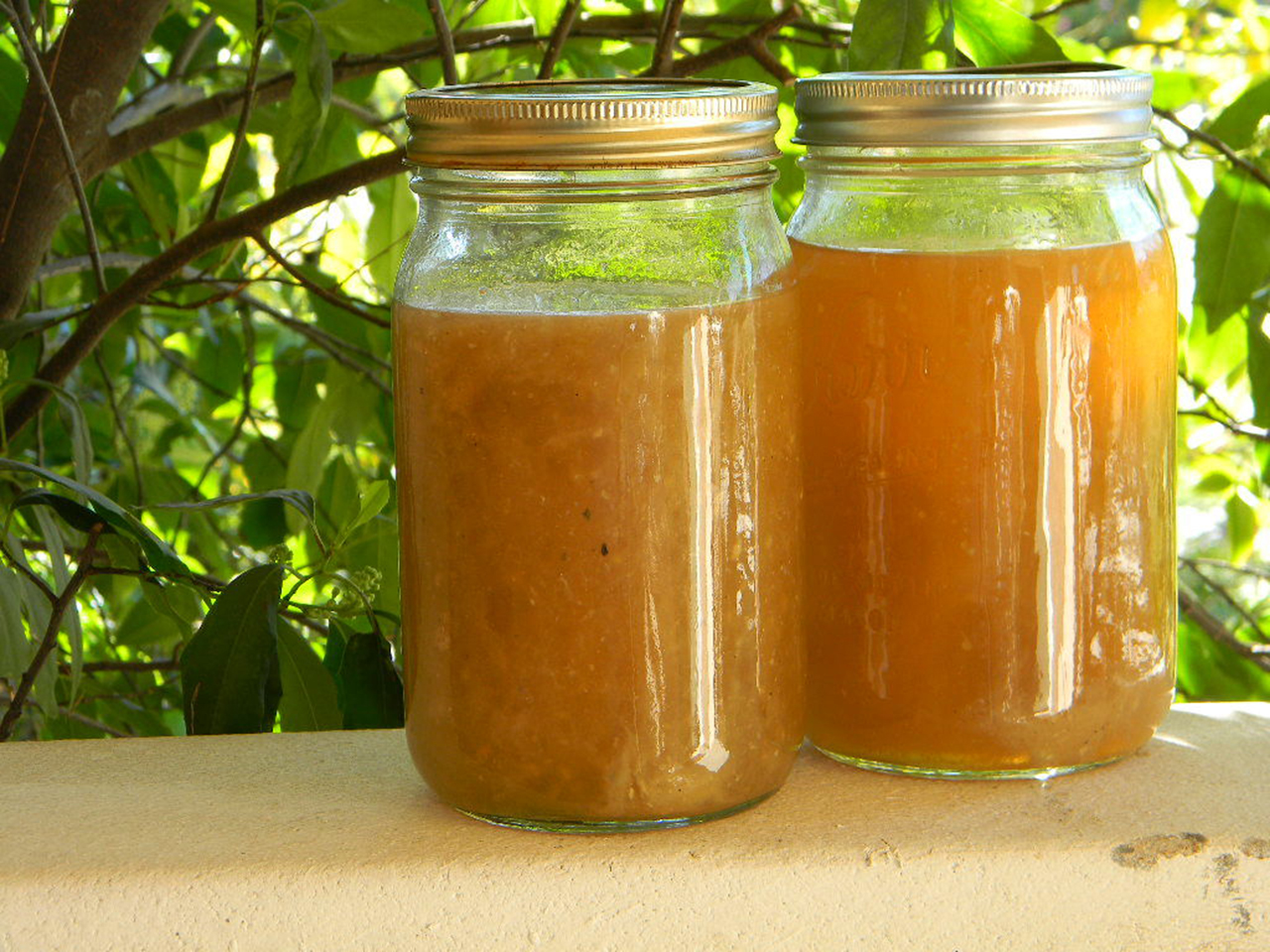Rapid Chicken Stock

This simple yet flavorful chicken stock is great for everything…and the pressure cooker is the magic tool here! You need a decent-sized pressure cooker for this recipe. The result is the same thing you’d get with 8+ hours of conventional simmering. This is a great way to use a leftover chicken carcass from dinner the night before, even if it’s one of those rotisserie chickens from the store! I like to season the stock at the end, so that you can accurately control the amount of salt.
INGRIDIENT
DIRECTION
Step: 1
Place the onion, carrot, celery, chicken carcass, garlic cloves, and peppercorns into a large pressure cooker. Add water until it reaches 2/3 of the way up the pot (or until you reach the maximum fill line, according to your pressure cooker’s instructions) and seal the lid.
Step: 2
Bring the pressure cooker up to full pressure over high heat. Reduce the heat to medium-low and cook, maintaining full pressure, for 30 minutes.
Step: 3
Remove the pot from the heat and allow the pressure to drop naturally. Do not use quick-release methods.
Step: 4
When the pressure has dropped, remove the lid. Strain the stock into a bowl and discard the chicken bones and vegetables. Let the stock cool to room temperature, and then transfer to the refrigerator (see Editor’s Note). When the stock is cold, any fat will have risen to the surface and solidified. Skim the fat off completely, and season to taste with sea salt.
NUTRITION FACT
Per Serving: 11 calories; protein 0.4g; carbohydrates 2.6g; fat 0.1g; sodium 123.3mg.
The word “stew” can refer to 2 time a food and a cooking method. Stewing involves not fast cooking chunks of meat, vegetables or beans in a tastefull liquid . It’s similar to braising, instead it makes have a few piece of differences. The meat is chopped into few of pieces instead of being cooked all of it , and the water based material completely covers the contents in a stew as compared to a braise’s halfway full . When meat or vegetables are cooked using this method, the resulting dish is called stew.
Stew has a reputation for making a rib-sticking eating process that comfortable you up on a freezing , winter day. It’s true ; a bowl of old menu of beef stew can make warming properties , but stew’s cozy factor more than a way beyond protecting you from the cold . It’s all about those tender chunks of meat and vegetables, swimming in a thick, ultra-rich gravy. The way they come together creates the greatest comfort food, no matter the weather.





